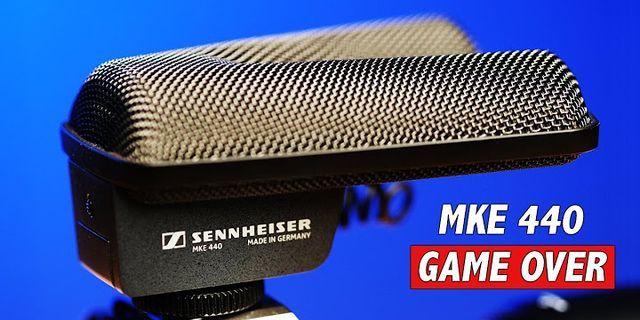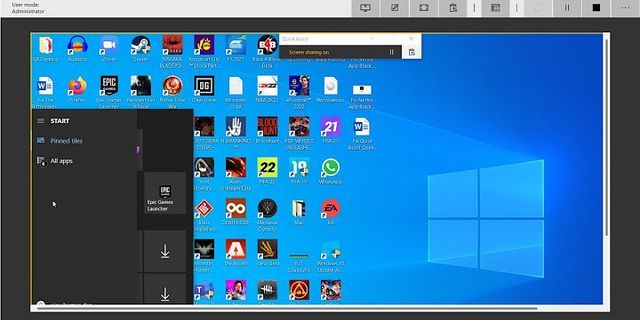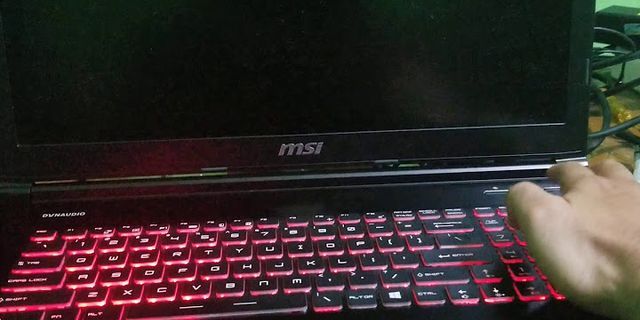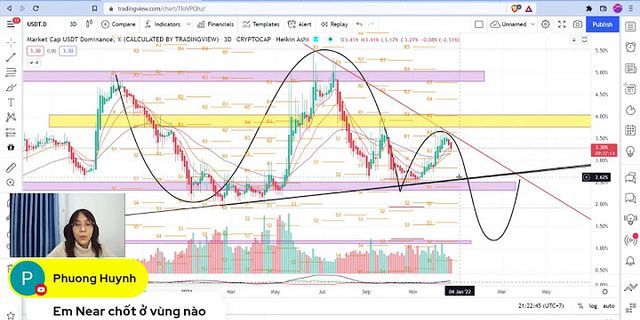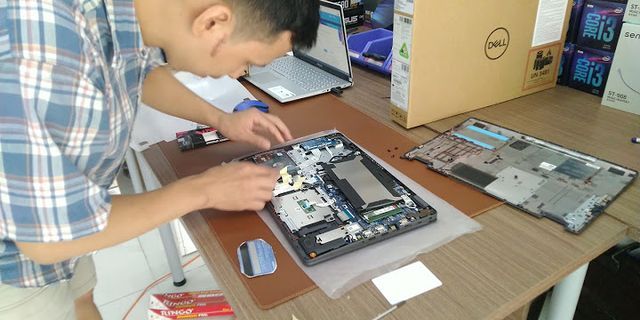We all know how fast the desktop Ampere GPUs are, so let’s take a look at the flagship NVIDIA GeForce RTX 3080 Laptop GPU. Unlike previous generations, the GeForce RTX 30 series sport a rather huge gap between the desktop and mobile GPUs. While the GeForce GTX 10 series and GeForce RTX 20 series had largely the same GPUs across the desktop and mobile lineups, that isn’t the case this generation. With that in mind, have a look at the current GeForce RTX 30 series laptop GPUs’ specifications along with the rest of the desktop Ampere GPUs: Show NVIDIA GeForce RTX 30 Series Laptop GPU SpecsAs you can see, aside from the NVIDIA GeForce RTX 3060 Laptop GPU, all of Ampere mobile GPUs are smaller than their desktop counterparts, especially the GeForce RTX 3080 Laptop GPU. But the GeForce RTX 3080 Laptop GPU is still quite a big GPU, so let’s take a look at some preliminary benchmarks. NVIDIA GeForce RTX 3080 Laptop GPU BenchmarksIt is worth mentioning that we are testing on pre-release drivers on the ASUS ROG Zephyrus Duo 15 SE. This configuration allows the GPU to pull up to 130W, which is close to the upper limit of the GeForce RTX 3080 Laptop GPU. We will be keeping to synthetic benchmarks for now, due to the fact that we want to try our best to rule out the effects of the CPU. Different power limits in combination with varying cooling solutions and CPU configurations will yield wildly different results, so this is still a pretty rough idea of the performance level possibly with the NVIDIA GeForce RTX 3080 Laptop GPU. Performance In Superposition, we see that it just edges out the NVIDIA GeForce RTX 3060 Ti Founders Edition, although it is still quite a far cry from the GeForce RTX 3070 Founders Edition. Here, the GeForce RTX 3080 Laptop GPU offers about 66% the performance that the ROG Strix GeForce RTX 3080 OC Edition brings to the table.  In 3DMark Time Spy we see it fall behind the GeForce RTX 3060 Ti Founders Edition, but it is still a good deal faster than the ROG Strix GeForce RTX 2070 SUPER we tested previously. The laptop GPU offers just 64% of the performance that the ROG Strix GeForce RTX 3080 OC Edition is capable of.  Owing to the higher RT core count, the raytracing performance of the GeForce RTX 3080 Laptop GPU appears to marginally best the NVIDIA GeForce RTX 3060 Ti Founders Edition. The gap between the laptop and desktop GPU is even larger here, with the GeForce RTX 3080 Laptop GPU only eking out a mere 63% of what the ROG Strix GeForce RTX 3080 OC Edition can. On average, we see that the laptop GPU can pump out 64% of what the desktop GPU is capable of. These benchmark scores point to the GeForce RTX 3080 laptop GPU being capable of trading blows with a GeForce RTX 2080 desktop GPU, which is pretty impressive considering that they are only one generation apart. Power Now let’s take a look at the clocks, power and thermals of the GeForce RTX 3080 laptop GPU. Average clocks in Superposition are pretty low at 1554MHz, with a peak of 1635MHz. The maximum power draw is 133.5W, with an average of 129.6W with the GPU temperatures maintained by the ROG Zephyrus Duo 15 SE’s excellent cooling system at below 77°C at all times. Now this is where it gets quite interesting. The low-ish clocks of the GeForce RTX 3080 Laptop GPU might be a downer to some, but it still allows for a lot of graphics horsepower at a lower power draw. On the other hand, the GeForce RTX 3060 Ti Founders Edition draws up to 200W, or 50% more power, to deliver similar levels of performance with a 20% smaller GPU.  Compared against the ROG Strix GeForce RTX 3080 OC Edition that’s capable of drawing up to 370W, the desktop card draws about 2.7X the power for around 56% extra performance. Obviously, it will be impossible to even power, not to mention cool, a 370W GPU in a laptop. In terms of efficiency, it is hard to argue with NVIDIA’s decision to use a big but slow GPU as their flagship mobile Ampere graphics solution, considering the limitations in terms of cooling and power delivery in laptops. The higher capacity 16GB of GDDR6 memory running at a leisurely 14.3Gbps is also quite an interesting decision on NVIDIA’s end. The large VRAM should be great for content creators, who are also a target audience of the GeForce RTX 3080 laptop GPUs. However it probably won’t affect gaming performance in a huge way. We will be checking out gaming performance in the full in-depth review of the ROG Zephyrus Duo 15 SE soon. Conclusion NVIDIA’s Ampere laptop GPUs are quite significantly slower than their desktop counterparts, but I think that should surprise no one. On top of a lower power limit, we are looking at a lower core count as well, which will definitely result in lower performance. We have always said that you cannot compare desktop and laptop GPUs directly, and it is all the more true with the GeForce RTX 30 series laptop GPUs.  With that said, they are still going to be a huge upgrade over the last-gen mobile GPUs. Also, there’s still some power headroom left in the GeForce RTX 3080 laptop GPU. As far as we know, the only GeForce RTX 3080 laptop GPU configured to run at 150W is in the ROG Flow X13’s XG Mobile Dock, so maybe that will offer performance closer to the desktop GPUs. Putting that aside, we will be testing more of the ROG Zephyrus Duo 15 SE in more detail soon, so stay tuned for the review! Related |











